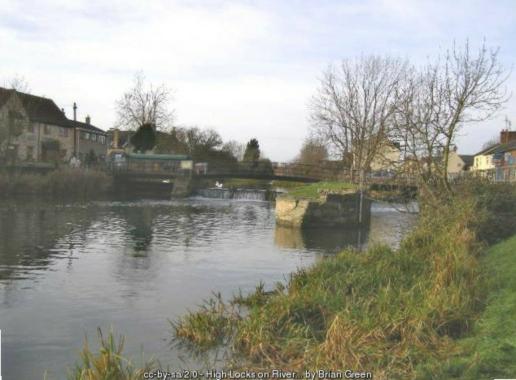
2 minute read
The Stamford Canal
Most IWA members in Lincolnshire know the local waterways and canal sections quite well with the majority probably believing the printed history of the canals and industrial revolution in England.
Unfortunately the words ‘printed history’ are anathema to us here in the south of Lincolnshire. Because no-one documented the building and use of the Stamford Canal has meant that its position in the history of canals in England has been forgotten, down-graded and/or ignored.
Our hope and intent is that its story will be told and everyone benefit from the research undertaken in recent years to show how important this very early canal was to Lincolnshire. A little bit of the recorded history will put this omission into context: The Stamford Canal received Parliamentary assent several times
from 1571 and was then built in the 1660’s, and by 1670 it was fully in use. On the 12.5 miles between Stamford and Market Deeping there were ten locks on the canal and two on the River Welland in Deeping St James. An average of 3,000 tons of Newcastle coal were transported yearly from Spalding towards Stamford, along with products from elsewhere, including Europe, brought in via the Wash. Manufactured goods returned from Stamford, with other goods and crops collected on the return. The last boats travelled from Stamford in 1863, with silting up and competition from the railways causing lack of trade. Built 100 years before the Bridgewater canal, it had provided almost exactly 200 years of daily use.
The Bridgewater Canal first got assent in 1759, then Brindley’s design got assent in 1760 and it was built by 1761 with no locks.
Canal Bridge near Uffington


Used for carrying coal and minerals to Manchester, the boats returned empty. Yes, the industrial revolution was beginning but the Stamford Canal had brought prosperity back to Stamford and south Lincolnshire for 100 years and continued to do so for another 100 years.
For the full story, please look at the 200 page website dedicated to this important early waterway.

At Deeping St James StamfordCanal.info is not only an educational facility, but a working repository for past and current research with everything known or written about the River Welland and the canal from Stamford to the Wash over the years. If any of you have anything to contribute towards it, please get in touch.
The mural shown on page 3 is a 32' wide x 8' high work in progress in lock 5 at Tallington to show schoolchildren (and locals) how it looked in 1670 with the lock-keeper’s cottage and the Crooked Billett alehouse!
Ken Otter
email: ken@tallington. info



